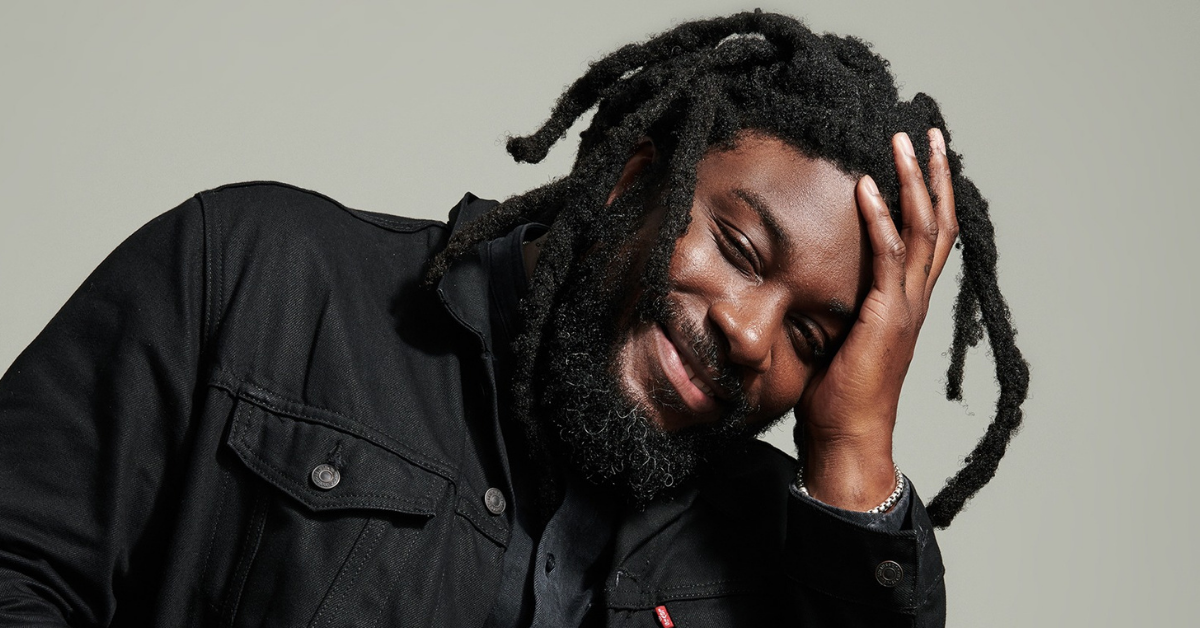The Magnificence of a Beautiful Tale
I coach several small corporate groups who are looking to create better synergy, communication, and cross-functional collaboration. One of the tools we use to build trust quickly entails colleagues identifying three challenges and three successes throughout their lives that they share with the group. It’s a powerful exercise that gives individuals swift insight into the experiences, perspectives, and values of the individuals they work with.
The six short stories that each person tells in the space of ten minutes peels back layers of unfamiliarity and opens pathways to genuine exchange. As each person speaks, I often observe any semblance of disconnect or discomfort fall away as vulnerability surfaces. This practice brings revelations, along with deep emotions, and sometimes tears. Participants often express, with surprise, how meaningfully the narratives connected them to the person sharing.
The Wisdom of Yarning
As I reflected on my coaching groups, I was reminded of Sand Talk: How Indigenous Thinking Can Change the World author, Tyson Yunkaporta, speaking of the significance of ‘yarning” in his indigenous culture. A yarn is a story. The act of yarning is a dialogue circle to gain knowledge about the people and things around you. Yarning transmits narratives to produce new knowledge in relationship and centers how knowledge is produced. Indigenous wisdom says there is no central, dominant, single story, but an aggregate of stories, that when woven together, even if contradictory, get to the truth. The foundation of yarning is collective listening, learning, respect and accountability.
Author and Story Corps Board member, Jason Reynolds
That brings me to a recent CBS 60 Minutes piece about Story Corps, an organization founded by Dave Isay, who had a powerful idea: everybody's story should be listened to and preserved. Almost half a million stories have been recorded. The collection is housed in the Library of Congress. When author Jason Reynolds shared his experience with Story Corps, it reinforced the power of our individual stories to shape a new future and take us in a new direction. Reynolds facilitated close to 300 sessions over the 18 months he worked for StoryCorps and spoke passionately about “the magnificence of our stories” through which we hear the “gentle tenderness of human beings.”
One Small Step participants, Brenda Brown-Grooms and Nicole Unice on 60 Minutes
An initiative of Story Corps called One Small Step illuminates the wisdom of yarning, in light of our current state of political divisiveness. One Small Step brings two strangers on opposite sides of the political spectrum together. Face-to-face, they read each other’s bios out loud, discovering commonalities as they converse about what they discover.
As One Small Step gains recognition as an antidote to increasing political polarization, Isay says that “contact theory” played a role in formulating the One Small Step initiative. The theory, developed by Gordon Allport in the 1950s, holds that contact between two groups can promote tolerance and acceptance, but required conditions such as equal status, common goals, cooperation, and institutional support. Studies since have shown that those conditions are not always necessary and that contact works as a result of the visceral, emotional experience of the engagement. Isay says that this contact can counter what he calls a “culture of contempt.”
Participating in One Small Step, Brenda Brown-Grooms and Nicole Unice met for a conversation in Richmond, VA and were delighted to find out that, although on different sides of the political spectrum, they are both women of Christian faith who share a deep purpose to help people find their path and their voice. The exchange was respectful, congenial and future-thinking.
As leaders, sharing our stories and accepting those of others is an important step to generate deeper understanding, lessen tension and conflict, and form better relationships.
Which of your beautiful tales can you share today? And which will you be open to receiving?



